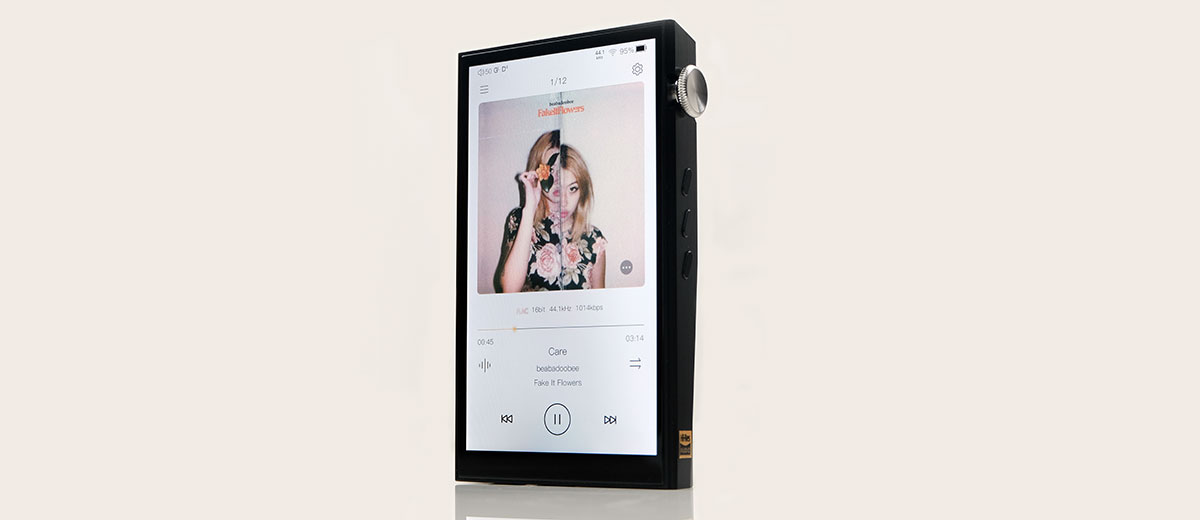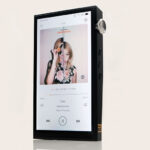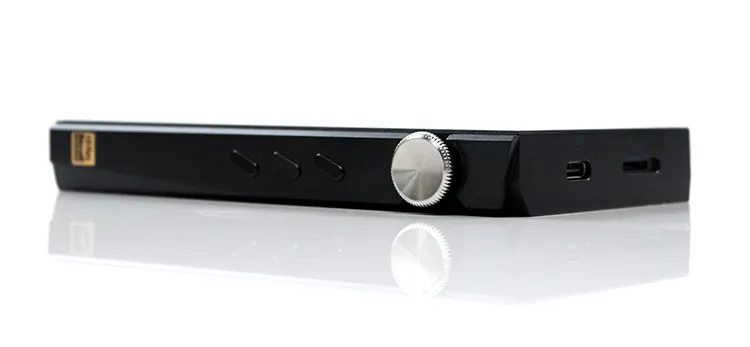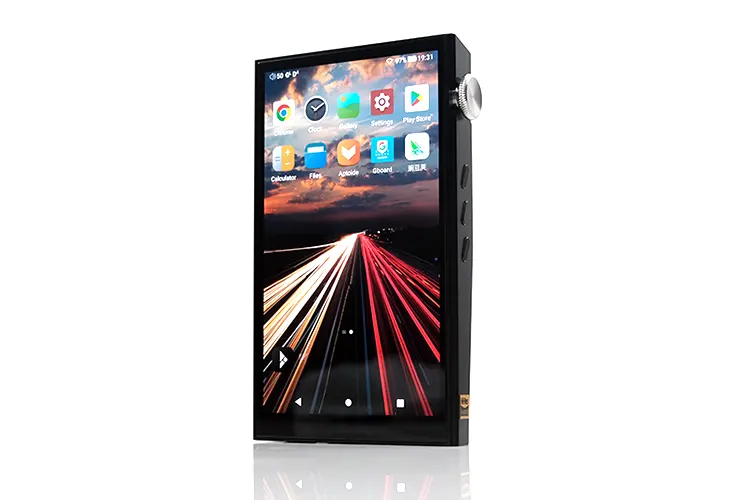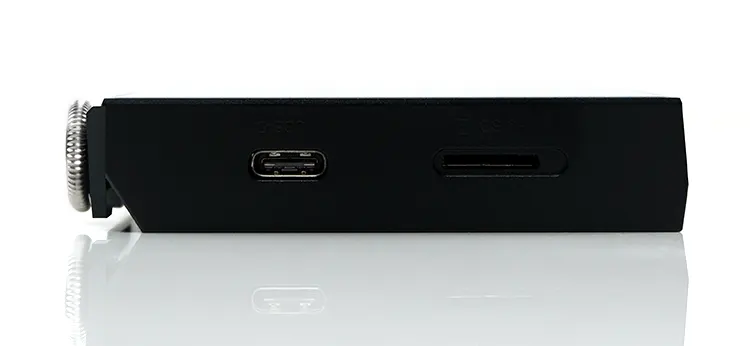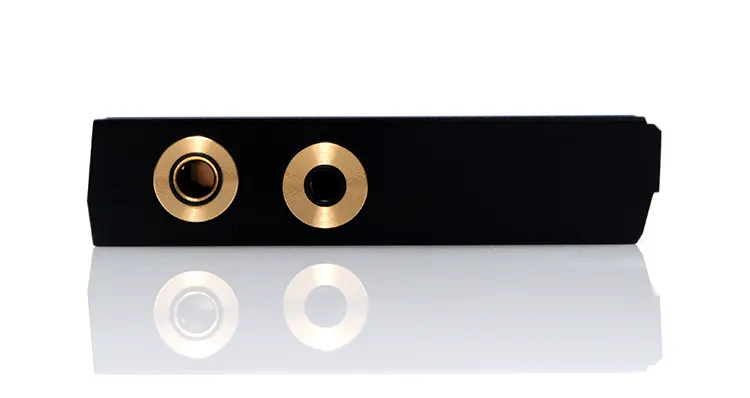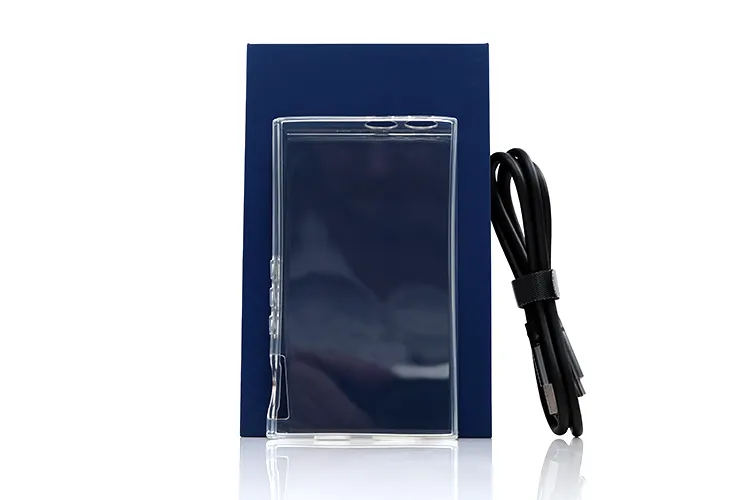Today, Marcus reviews the iBasso DX180, which is a new Android 13 DAP featuring a quad-CS43131 DAC and 690mW of balanced output power. It is priced at $529.
Disclaimer: This sample was sent to me in exchange for my honest opinion. Headfonics is an independent website with no affiliate links or status. I thank iBasso for this opportunity.
Click here to read more about iBasso products we have previously reviewed on Headfonics.
Note that this article follows our current scoring guidelines which you can read in more detail here.
iBasso has just refreshed its midrange DAP line-up with the new DX180, launched in the last few weeks and priced at $529 for the 4GB/128GB version. Our previously reviewed model in this series was the DX160 back in 2019 and even now, in 2024, it’s still a competitive performer.
They need to be competitive with the advent of the high-end dongle, which is stealing a lot of market attention and consumer dollars. Luckily, that seems to be the case with the DX180 with Android 13, a quad-DAC design, and decent power at this price point.
The iBasso DX180 also delivers a robust and denser sound signature than what I am used to from the previous DX160 and some of their higher-end models making it a solid choice for modern pop and rock lovers on a tighter budget.
They are not the only offering at this price point in 2024 though. HiBy’s R5 Gen 2 and Cayin’s new N3ULTRA are but two recent examples. How does this updated sound signature and overall performance fare against the competition? Find out in my full review below.
Features
The iBasso DX180 is the company’s current entry-level digital audio player. This Android 13-equipped model supersedes the DX160 and DX170 with an updated external design and improved internal features.
The device offers several use-case scenarios. It operates primarily as a portable standalone DAP for local and 3rd party streaming services via WiFi and Bluetooth BT5.0. You can connect IEMs, headphones, and TWS in balanced, single-ended, or wire-free modes depending on your preference.
The DX180 can also assume a more fixed position as a USB-DAC (USB 3.1) from your PC or MAC, as well as a transport for traditional SPDIF-based Hi-Fi equipment and powerful portable amplifiers.
The unit comes packed with a quad Cirrus Logic CS43131 DAC implementation capable of up to DSD512 natively and PCM 32BIT/768kHz, and up to LDAC for wireless receiving. There is no official support for MQA hardware rendering.
Because the DX180’s open Android 13 OS is equipped with system-level “Non-SRC” you get bitperfect decoding with almost any audio-based app you install.
There is also some excellent trickle-down technology from their higher-end models including iBasso’s maturing FPGA Master 2.0 digital signal processing and a FIR2X mode to reduce distortion by up to 8 dB over the older models combined with dual NDK Femtosecond oscillators for jitter control.
The DX180 has a maximum PO output rating of 690mW into a 32Ω load going balanced which is significantly higher than the 475mW of the HiBy R5 Gen 2 and slightly ahead of the Cayin N3ULTRA’s 600mW balanced output on the same load.
This is a competitive level of output power suitable for almost all IEMs and a wide range of dynamic and planar headphones.
Design
The iBasso DX180 has a fresh design language similar to the DX260 and comes in three color options; black, green, and light blue.
The aesthetics of the DX180 are more angular and modernistic compared to the smoother curving and rounded buttons of the older models. There is also a slightly indented line on the rear panel under the volume dial to give it a bit of a visual twist.
I am in two minds about the sharper contouring of the new design as I found the curvier DX160 design to be more comfortable in the hand. However, aspects such as the awkward tight volume dial positioning on the DX160 are much improved with a longer stem on the DX180 making it far easier to access.
Though relatively compact, the CNC aluminum-finished DX180 is slightly larger and heavier than the older models such as the DX160. It’s much closer to the DX240 size now.
Dimensional differences are more noticeable in terms of width and depth with just a slight increase in height at 123*75*16mm and 206g weight compared to 113mm x 69mm x 15mm and 178g weight for the DX160.
Subjectively speaking it reminds me of the approximate size of the old FiiO X5iii which I always found to offer a nice balance between size and screen legibility. The DX180 will suit iBasso fans who find that the size of the DX320 is too big for daily outdoor use.
Speaking of screens, I do not see any physical change from the DX160. The DX180 uses the same 5.0 inch 1080*1920 Sharp OnCell Full Screen with a wide angle of legibility and good color saturation.
One thing to note, the DX180 screen bezel frame is slightly thicker so it does not have quite the same borderless effect as the older models.
I/O
As with previous generations, all the analog PO/LO of the DX180 is on the base panel, and the digital I/O is on the top panel with a single USB-C port. Beside the USB-C port is the external microSD card slot though with 128 GB onboard for this model, there is less need for it compared to the cheaper 32 GB version.
This might seem minor but moving the memory card slot from the side panel to the top panel of the DX180 makes a huge difference in useability.
Granted, the old stock silicone case of the DX160 had a small slot on the side to allow you to insert a card but often alternative offerings did not have that slot. Moving it to the top might make a huge difference for ease of access with 3rd party Miter cases which previously had no left panel opening.
The DX180 volume dial is vastly improved over the older models. It closely resembles that of the DX300, DX320, and DX260 which means the rod is longer and further away from the side panel is longer and the knurling is grippier making it a lot easier to use, even with the unit inside the stock silicone case.
It also has the DX240 multifunction capability to turn the screen and power on and off which, in turn, freed up that additional space on the top panel for the external memory card slot.
Switching between PO and LO is UI-controlled from the Android drop-down menu or main audio settings. You get a balanced 4.4mm port and an unbalanced 3.5mm TRS beside it and bear in mind, like the older models, these are fixed amplification output cards not swappable.
Controls
The major physical difference between the DX180 and the older units is the removal of the dedicated power/screen button from the top panel and adding those commands to the multifunctional volume dial.
Despite their altered appearance, there is no change in how the 3 physical playback controls operate on the right panel.
However, doubling the RAM from 2 GB to 4GB and switching from an Arm Cortex Octa-Core CPU to a much more capable Snapdragon 665 Soc has vastly improved the responsiveness of the DX180 touch controls.
It also means there is no more 720p downgrade option for the screen resolution to reduce thermal throttling on the CPU performance, another factor that tended to create a sluggish control performance on the DX160. You now get a full 1080p experience with the DX180 without the lag.
Battery Life
The USB-C also doubles for charging with the DX180 delivering an improved tested battery life of 15.5 hours on a low-gain balanced output connection dropping to 13 hours in high-gain. Using line-out only will give you a whopping 30 hours which is very impressive.
Since this Android platform has wireless connectivity, these ratings will vary depending on your usage. I did find it to drop by a few hours with WiFi on but reasonably close to the listed parameters for local playback using a 10Ω IEM load balanced with FLAC 16BIT/44.1kHz files.
The DX180 still uses QC3.0 quick charging which was a feature of the DX160 but now it also includes PD3.0, (PD2.0 cables will still operate as intended), meaning the device will charge from 0% to 100% in around 80-85 minutes with an 83% charge possible in an hour.
Perhaps the most eye-catching aspect of the battery is not the lifecycle but rather its user-replaceable battery which can be replaced via a removable back panel.
Packaging & Accessories
You get the standardized iBasso retail packaging for the DX180 which is a compact, blue-toned retail box, not that dissimilar from the older DX160 version.
Inside, and spread over two layers you get the unit, some screen protectors, a USB-C to USB-A data transfer and charging cable, and a transparent silicone case. There is no burn-in cable or short coaxial IC but then again, the DX160 did not come with those items either so no surprise there.
Click on page 2 below for my software & wireless performance impressions.
Click on page 3 below for my sound impressions and recommended pairings.

